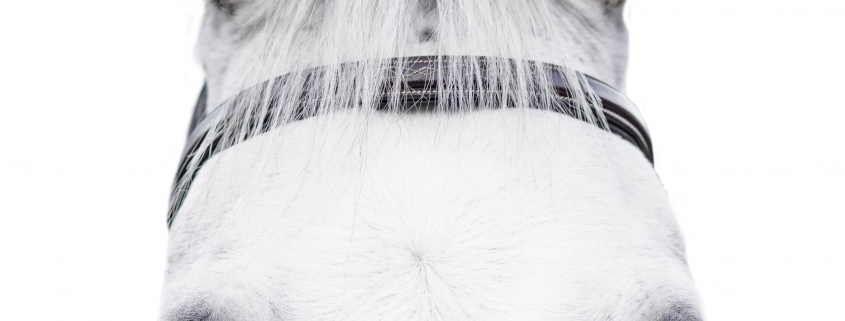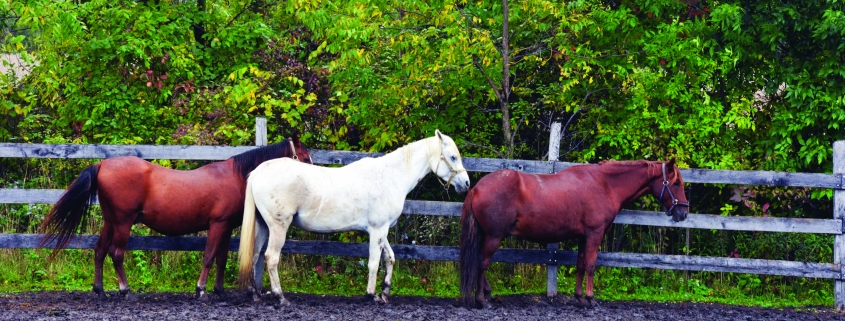By JESSICA PAIRRETT, Freelancer
A permanent smile outlines the Samoyed’s face, matching its happy, warm personality. But don’t let this gorgeous dog fool you: he’s not just a pretty face. In fact, the Sammy or Sam, as the breed is known among fans, is a highly functional, hardy dog.
History
The Samoyed takes his name from the nomadic tribe who, thousands of years ago traveled from the Iran region to the tundra of Siberia. Once there, the dogs and Samoyed people shared trust as the dogs earned their working status. In addition to Artic exploration, the Sammy pulled sleds, herded reindeer and hunted and guarded property.
These dogs became companion animals, babysitting children and warming beds on cool nights. Extremely cold nights were three-dog nights, in which three dogs would be placed on the bed to warm its occupants, explains Maria Kirylo, state coordinator of Playing Again Sams Wisconsin Samoyed Rescue.
According to the American Kennel Club, during the early 1900s, the breed was brought to England to breed enthusiast Queen Alexandra. Present-day American and English Samoyeds are descendants of her dogs. Today, the Samoyed is one of the purest breeds around, the most similar to the primitive dog, with no fox or wolf DNA.
At Home
“Samoyeds make terrible, terrible outdoor dogs,” Kirylo says. They are very much part of your pack and want to be with their families. Gentle, friendly and easygoing, the Sammy is said to love everyone—intruders included. Needless to say, the Sammy will adapt to life perfectly fine with children or the family cat.
Activities
Speaking from firsthand experience, Kirylo advises that “if you can’t walk your dog several miles a day, don’t get a Samoyed.” Besides Wisconsin’s three warmer seasons, her four Sams will walk all winter long. And they do need the exercise. She says these dogs are sometimes labeled as stubborn, but it comes down to motivation. Make sure to give your Sammy an interesting job to do, one that keeps him mentally and physically active.
Mindset
Because they are working dogs, Sams instinctively need daily exercise. A fenced-in yard is nice, but long walks are even better. Showing their very high intelligence, Samoyeds also participate in agility. “They are up for anything, any time, any moment, but they know how to relax,” says Kirylo She also notes that Sams “bark a lot and love to dig.” If you want a perfect lawn or garden, the Samoyed might not be ideal for you. “They’ll eat anything,” she laughs, as she pictures those tempting vegetable gardens.
One of Kirylo’s favorite characteristics of the Samoyed is that it takes a lot to ruin this happy-go-lucky dog. In rescue, she sees the dogs’ different backgrounds, but the dogs exhibit healthy levels of trust. Sure, they can bite and snap like any dog, but that’s just not who they are.
Health
Samoyeds are typically healthy. However, almost all tend to get weak in the back end, she says. Keeping your dog at a healthy weight can prevent this. Glaucoma can develop and incidences of diabetes are a little high, but cardiac issues are not common.
Coat & Grooming
Stemming from his ancient beginnings, a Samoyed’s gorgeous coat repels water—it was a necessity to stay dry amid those artic temps. If he rolls in the mud and it dries on the coat, the mud will flake off as if the dog’s coat is nonstick. You’ll be left with a white-turned-slightly-gray dog.
Overall, the Sammy’s coat requires a great deal of care. Weekly brushing (if not more) is needed, especially during the once or twice a year seasonal shed, reports the AKC. Plenty of hair is shed but unlike Lab or cat hair, a Samoyed’s hair falls out akin to human hair. Maria likens it to picking up little dust bunnies—they lift easily off the floor.
Also, “never, ever shave a Samoyed,” she stresses. This is an act she has never done in her 17 years of rescue. Underneath all that hair is “very pink, tender skin” that is dander- and oil-free. The coat keeps your Sam warm in winter and cool in the summer because it reflects the sun’s rays.
Fun fact about the Sam’s smile: The AKC says the dog’s upturned mouth corners keep him from drooling—and prevents icicles from forming on the dog’s face—a necessary trait in the Artic.
Takeaway
Saying the Samoyed is “more than a pretty face” is not only one of Kirylo’s favorite phrases but also is 100 percent true. After all, who wouldn’t want a dog that boasts both beauty and brains? Add in the breed’s pleasant demeanor and medium-level energy and you may just find your perfect companion.
Homeland: Initially, Iran. Nomadic tribe traveled to Siberia.
Size: Males 21–23.5”, 45–65 lbs. Females 19–21”, 35–50 lbs.
Appearance: Muscular yet compact. Upturned mouth corners create a continuous smile. Thick, dense coat in white, cream, biscuit and yellow.
Job: Pulling sleds, hunting game, herding and guarding reindeer.
Temperament: Friendly, gentle, intelligent, loves people.
Grooming: Weekly to daily brushing. Weekly ear checks. Monthly to bimonthly nail trims.
Average Life Span: 12–15 years.

 Copper Arrow Photography
Copper Arrow Photography

